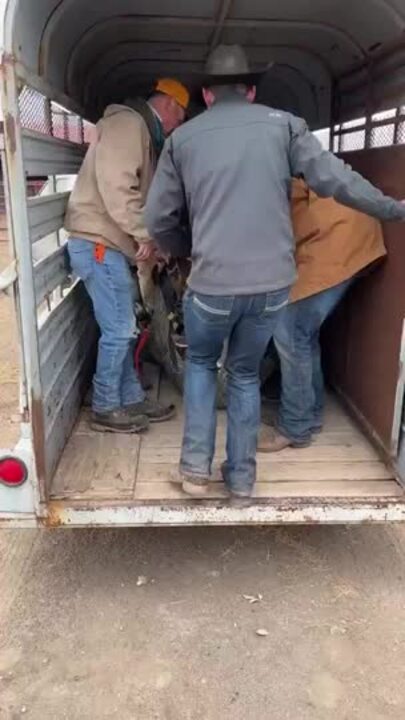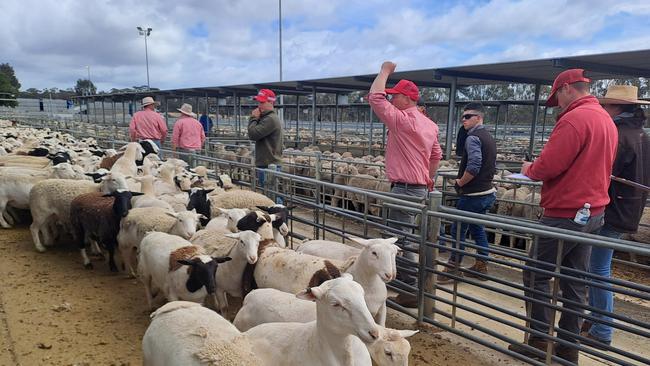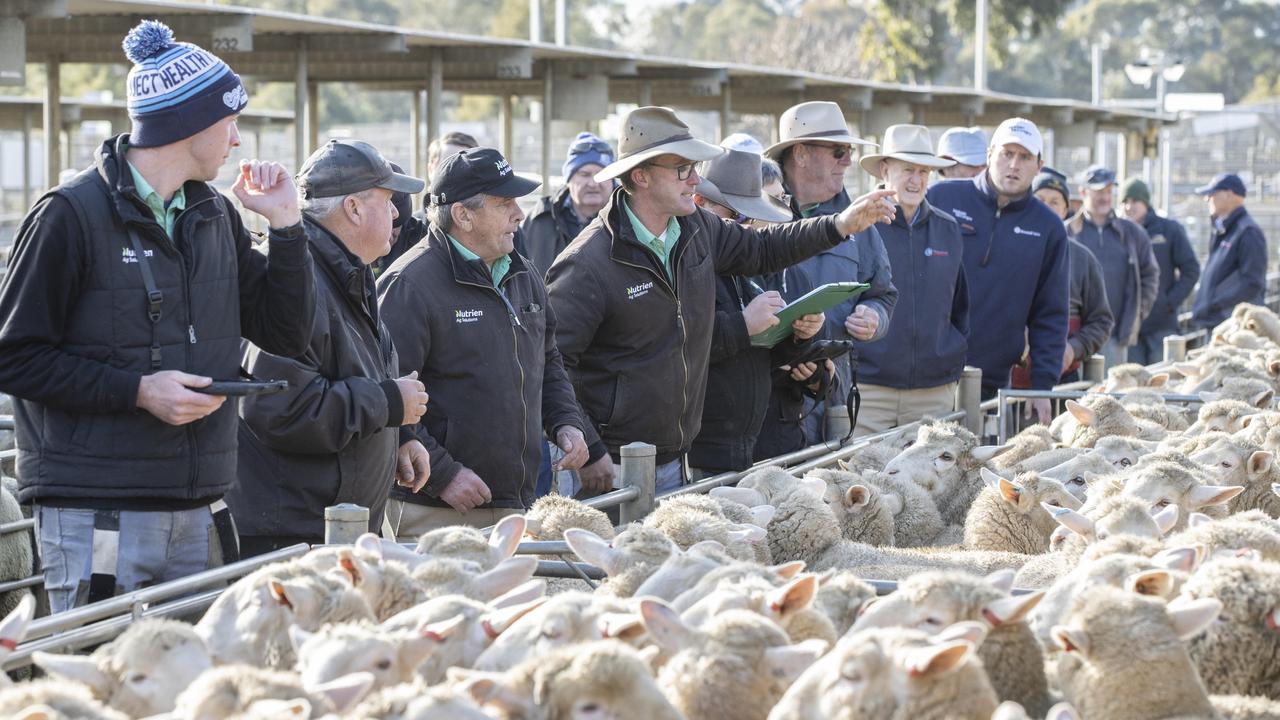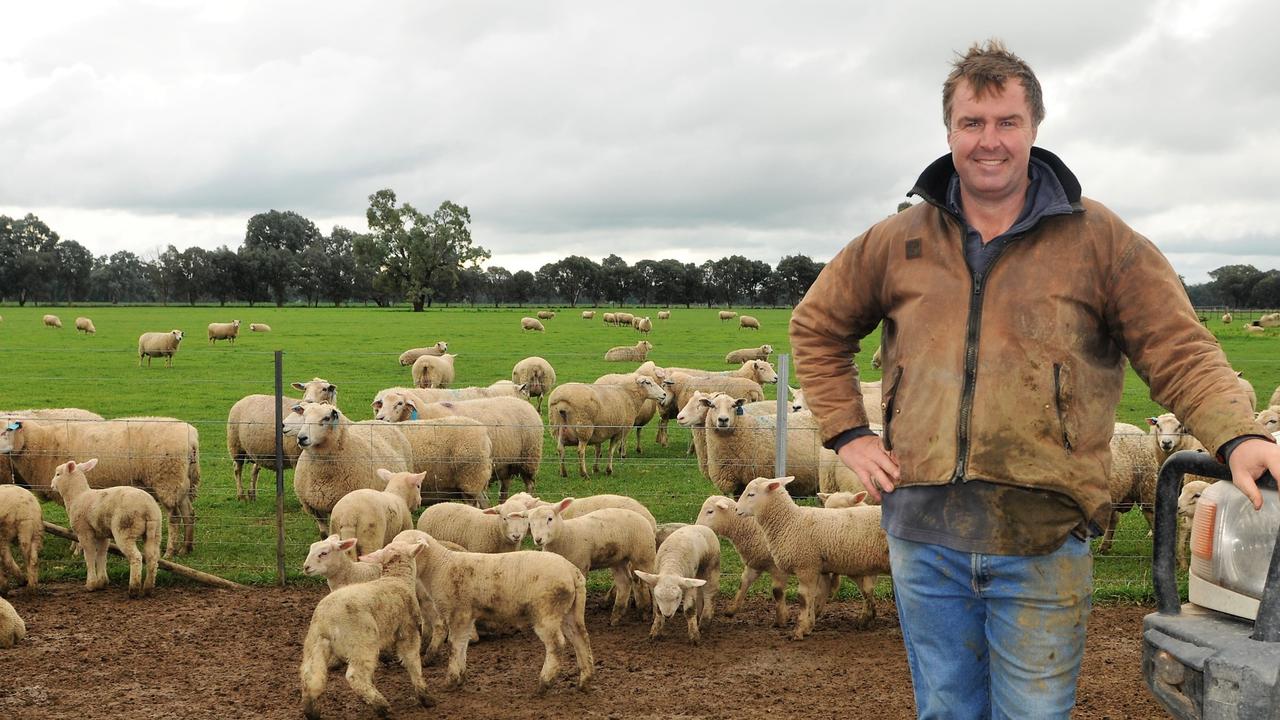Dorper lamb numbers double as producers turn to breed
Dorpers have been in Australia for decades but is having its moment in the sun as producers shun other breeds. And some states have gone harder in the conversion than others.

There may be more lambs bred from shedding sheep in the national turnoff but they come from producers with smaller flock sizes.
Of the 2.1 million shedding lambs in the 27.4 million turnoff expected this season, more than half are coming from operations of less than 2000 sheep and lambs.
Figures from the Sheep Producer Intentions Survey show 23 per cent of producers now have shedding sheep whether they are Dorpers, Aussie Whites or another breed.
And the number of shedding lambs has grow quickly, doubling from 4 per cent in October 2022, to 8 per cent this October.
A breakdown from the survey shows 28 per cent of shedding lambs came from operations that had a total flock size of less than 500 sheep and lambs, while another 16 per cent came from farms with 500 to 1000 and 10 per cent from enterprises with 1000-2000 sheep and lambs.
In other findings:
● Queensland has the greatest portion of its lamb turnoff as shedding sheep, with 37 per cent of the 555,000 lambs, and
● 10 per cent of the NSW turnoff of 10,137,440 lambs will be Dorpers, or more than 1 million.
Interestingly, the findings from the survey which combined responses from producers showed the average marking rate for shedding sheep was 92 per cent, the second lowest of all breeds and only ahead of Merinos which came in at 81 per cent. The top breeding for lamb marking percentages was prime lamb at 113 per cent.
Meat and Livestock Australia senior market information analyst Erin Lukey said record lamb production was occurring this year, which reflected the flock growing in sheepmeat-focused breeds.

“Interestingly, shedding sheep are often a larger animal producing a larger carcass that their wool, dual purpose or prime lamb counterparts,” Mr Lukey said.
“More breeds focused on carcass weights and yield have been a contributing factor to the record production and then exports that we have seen over the year.”
Dorper Sheep Society of Australia chairwoman Mel Pagett from Winrae Dorpers at Warialda, NSW, said the quick turnoff of lambs, plus not needing to shear, attracted people to the breed.
“It goes in waves but we are seeing the largest number of people coming into Dorpers from other breeds for a long time,” Ms Pagett said.
“The breed is here to stay and have made a big impact on the lamb industry by getting to good weights at a young age.
“And other shedding breeders have largely used White Dorpers in their breeding too.”
Ms Pagett said the ability for ewes to have three lambings in two years also created regular cash flow.




